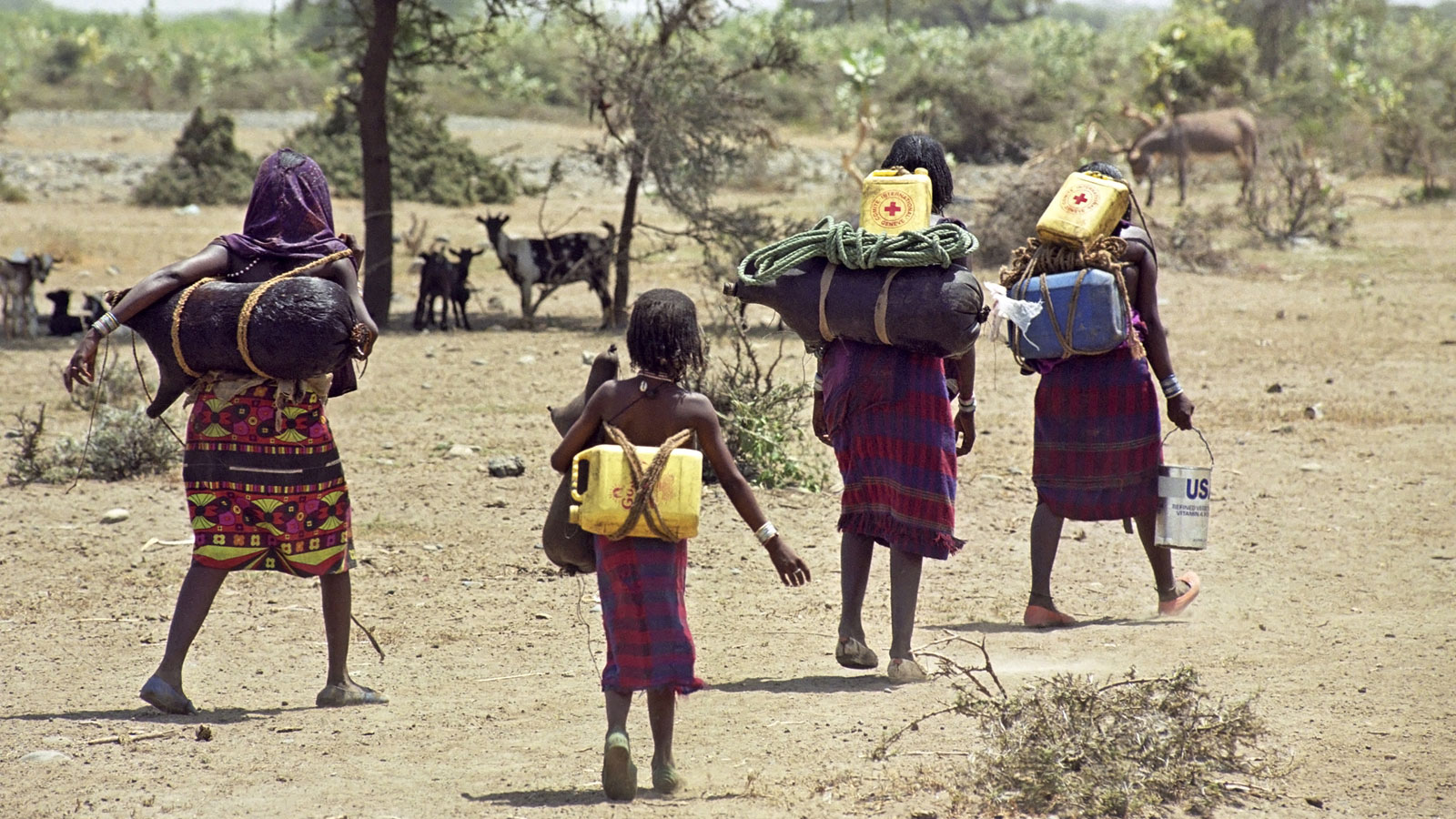Migration driven by climate change is often thought of as a national security issue. But it is also a human and humanitarian issue. It is a justice and ethics issue. It is an issue of finances, policy, adaptation, law, and politics. And it is often bedeviled by unrealistic numbers and alarmist projections. One thing is inevitable: Migration will increase around the globe as severe weather events intensify and agricultural climates continue to alter. But what will this climate migration look like?
To grasp the complex shape of these issues on a global scale, begin with the excellent and straightforward article by Umair Irfan in Vox, “Why we still don’t yet know how bad climate migration will get” (2022).
To correct some common misunderstandings of the topic, see the essential Rolling Stone story by Alexandra Tempus, “Are we thinking about climate migration all wrong?” (2020).
For vivid story-telling and a focus on examples from Central America, read “The Great Climate Migration,” by Abrahm Lustgarten (New York Times and Propublica, 2020). But do remember that Lustgarten’s projections are generally based on a worst-case (and extremely unlikely) IPCC “scenario.” (For more on these problematic projections, see the links at the 2nd and 3rd bullets here.)
“Climate migrants lack a clear path to asylum in the US” (Aydali Campa, Inside Climate News, 2022) is about the vexed legal status of climate refugees in the U.S., but it pertains all over the world. (Again, note that Campa cites the worst-case projections in the 2020 NYT article.)
Here are some interesting stories that focus on specific places while also considering widely shared elements:
This series is curated and written by retired Colorado State University English professor and close climate change watcher SueEllen Campbell of Colorado. To flag works you think warrant attention, send an e-mail to her any time. Let us hear from you.
Source link


